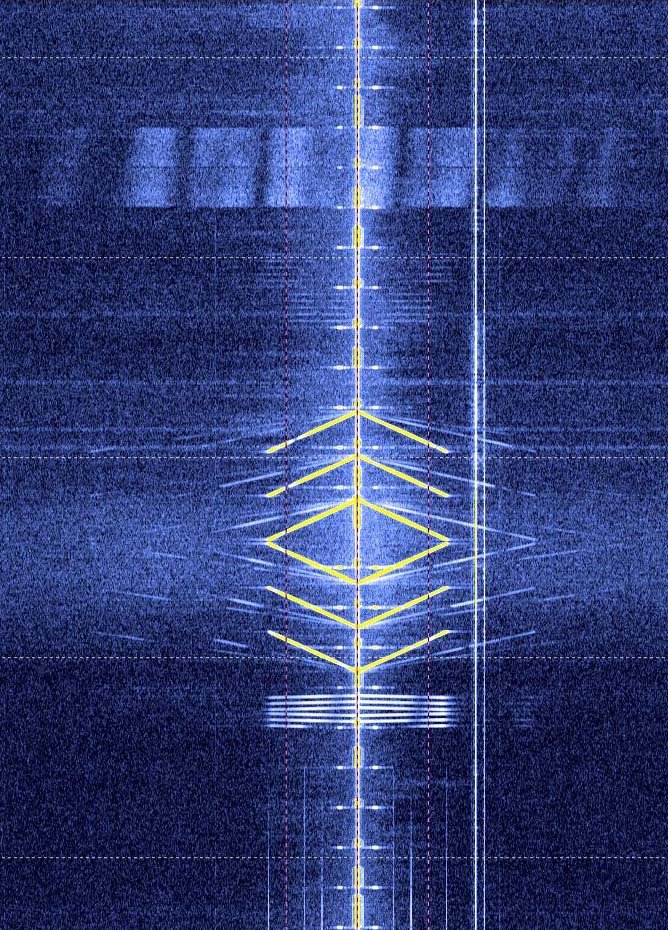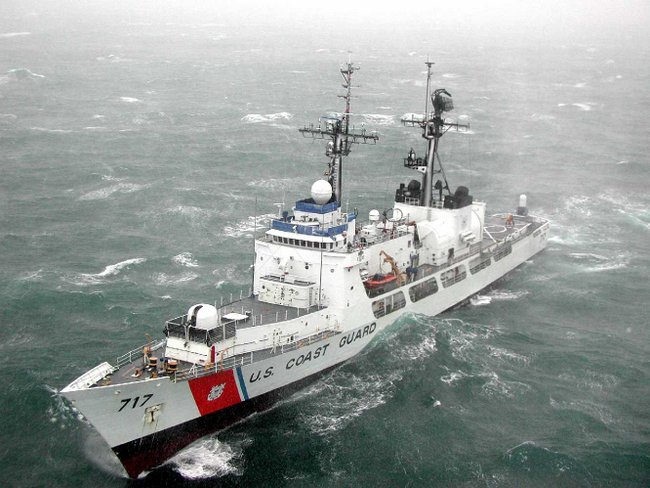Maritime Radio HLS Seoul Korea: October 31, 1998
/Many thanks to SRAA contributor, Dan Greenall, who shares the following recording and notes:
Broadcaster: Maritime radio HLS Seoul Korea
Date of recording: October 31, 1998
Frequency: 8.725 MHz
Reception location: Coe Hill, Ontario, Canada
Receiver and antenna: Panasonic RF-3100 and longwire antenna
Mode: Single Side Band
Notes: Maritime radiotelephone station HLS in Seoul, Korea continued to operate in the late 1990's on shortwave. Instead of a repeating voice mirror, this station played Beethoven's "Ode to Joy" over and over so that the receiving station could tune them in. This recording is from October 31, 1998 at Coe Hill, Ontario, Canada, and the frequency they were using was 8725 kHz upper sideband. My receiver was a Panasonic RF-3100 hooked up to a long wire antenna.
The station was identified by Richard "RD" Baker, editor of Communications Confidential, in the January 1999 issue of Popular Communications magazine. In his Reader Mailbag section, he wrote:
"Dan Greenall in Ontario, Canada, has been hearing a new (at least to folks in North America) maritime marker on 8725.0 USB: Beethoven's 9th Symphony "Ode to Joy" is repeated. In trying to track this marker down, we sent the call out over the WUN Club's listserver. Costas Krallis in Greece, Fabrizio Magrone in Italy. Alex Wellner and Robin Harwood. both in Australia. all became involved. They soon began logging the marker on other maritime frequencies. Eventually, it was noted on 6513, 8725, 8797, 13161, and 17341. Only one station has those frequencies in common: HLS, Seoul Radio. South Korea. The marker was completely IDed within 32 hours!"




















